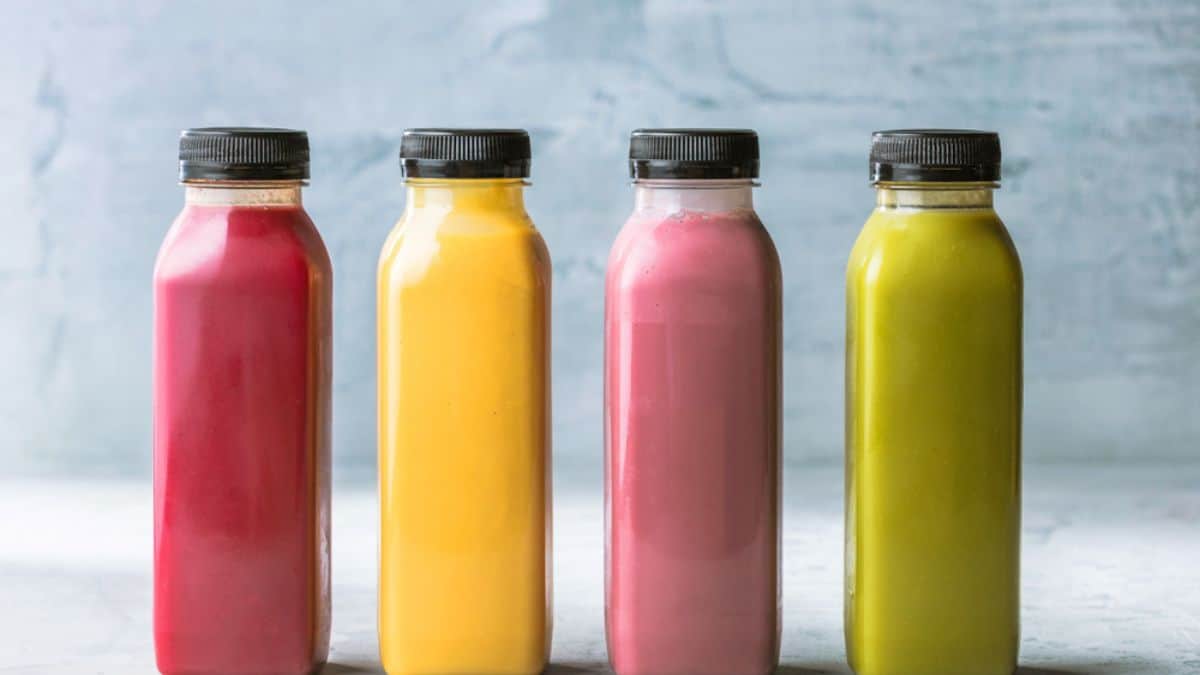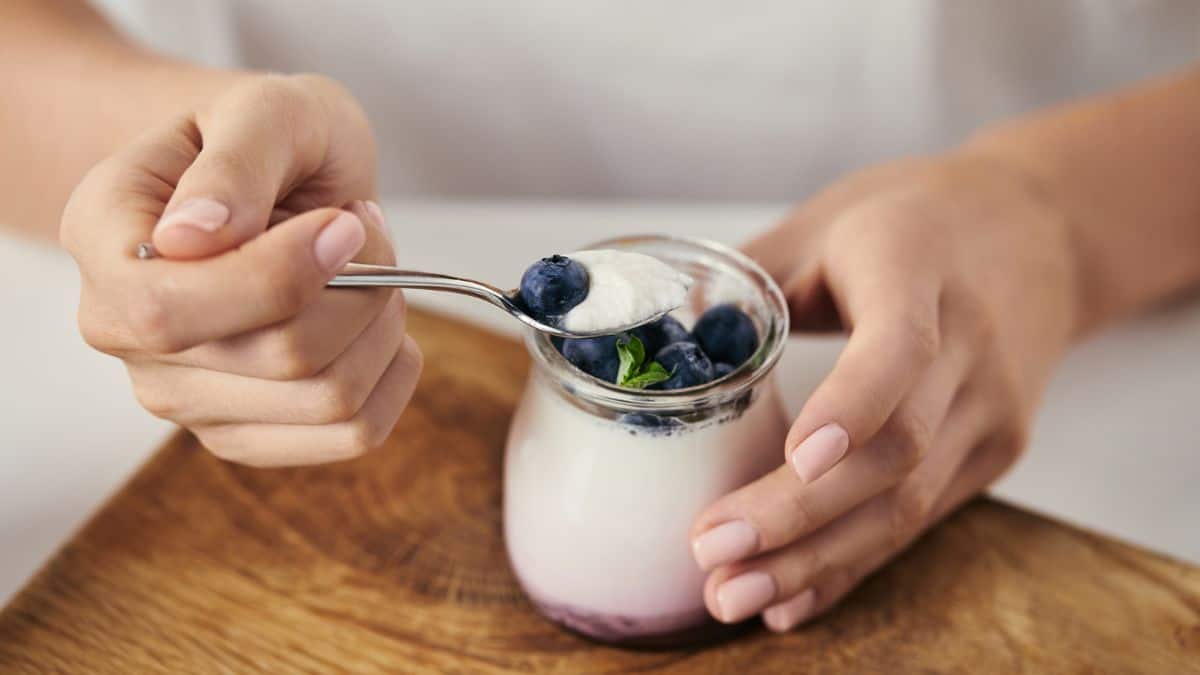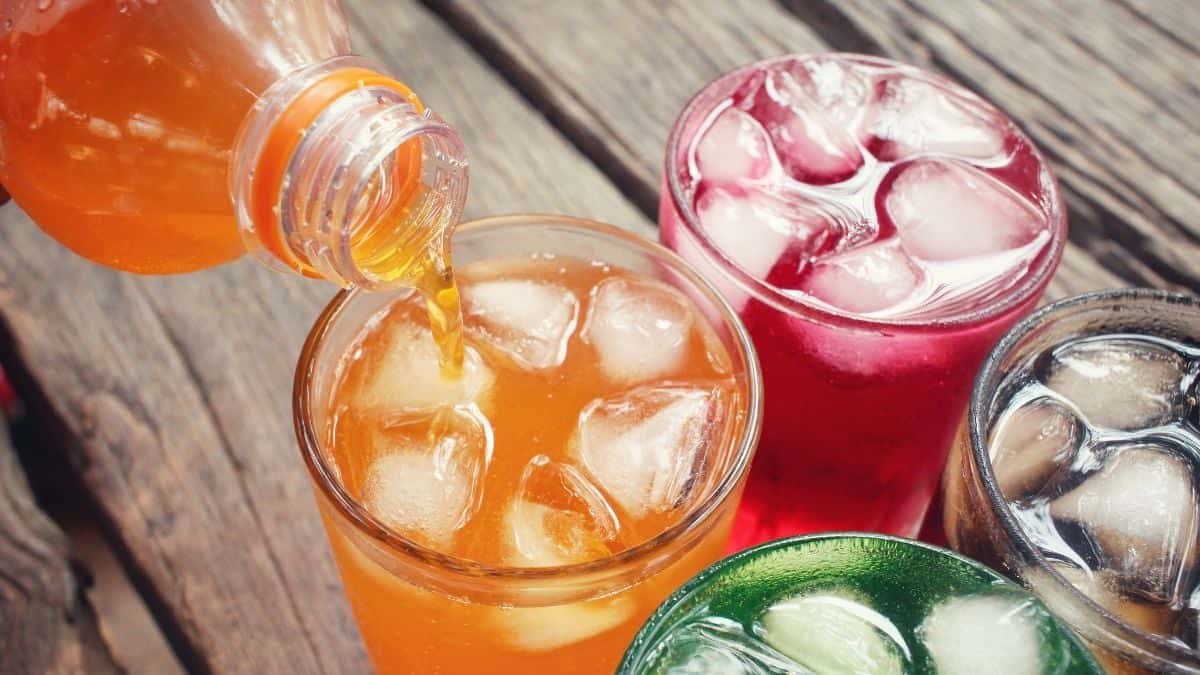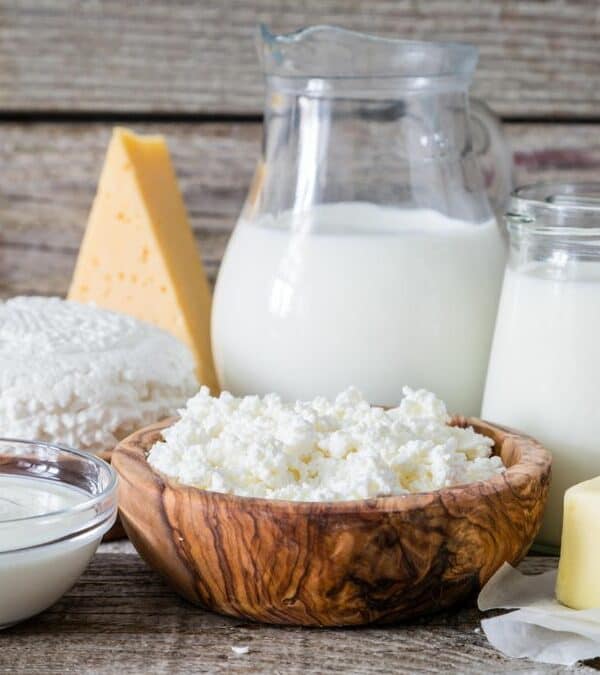It’s easy to be fooled by foods that carry a healthy label but don’t live up to the hype. From snack bars packed with sugar to salads drenched in high-calorie dressing, misleading healthy foods are everywhere. We’re uncovering the top foods you might think are good for you but could actually sabotage your diet.

Granola

Granola is often seen as a healthy breakfast option but is usually high in sugars and fats, making it more akin to a dessert. Reading labels carefully to choose options with lower sugar content and more whole ingredients is crucial for a truly healthy start to your day.
Multi-Grain Bread

While multi-grain bread is often marketed as a healthier choice, it can sometimes be made from refined grains instead of whole grains, stripping away fiber and nutrients. Consumers should check for “whole grains” on the label to ensure they’re getting the full health benefits.
Plant-Based Milks

Almond and oat milks have surged in popularity as dairy-free alternatives, but they often come with added flavors, sugars, and stabilizers, including various oils to improve texture and taste. These oils can increase the calorie content and potentially add unhealthy fats, diminishing the health benefits. Choosing unsweetened varieties without added oils ensures you’re getting a healthier version if you choose to consume plant-based milks.
Sports Drinks

Marketed for their electrolyte-replenishing qualities, sports drinks are often unnecessary for the average exerciser and can contribute added sugars to one’s diet. Moreover, many contain artificial food dyes to enhance their colorful appeal, which have been linked to health concerns in some studies. Staying hydrated with water or coconut water is typically a healthier and safer option for most activities.
Dried Fruit

Dried fruit can be a convenient source of nutrients and fiber, but it’s also high in sugar and calories, especially when eaten in large quantities. Some are even coated with additional sugars or syrups, making them more like candy than fruit. Portion control is key when enjoying this chewy snack.
Bran Muffins

Bran muffins are often perceived as a wholesome, fiber-rich option for a quick breakfast or a healthy snack. However, despite bran being a good source of dietary fiber which aids in digestion and offers a feeling of fullness, these muffins can be deceptive. Many commercially available or café-served bran muffins are loaded with sugar and fats to enhance their taste, which substantially increases their caloric content. Some recipes also include sizable amounts of high-fructose corn syrup or unhealthy oils among their ingredients.
Yogurt

Yogurt, specifically flavored varieties, can contain as much sugar as a dessert. While it does offer beneficial probiotics, choosing plain yogurt and adding your own fresh fruit can provide the health benefits without the extra sugar.
Protein/Energy Bars

Many protein and energy bars are essentially glorified candy bars, packed with sugars, fats, and calories, undermining their healthful image. Look for bars with minimal processed ingredients and sugars, high in protein and fiber, to genuinely support your fitness goals.
Gluten-Free Processed Foods

Eating gluten-free if necessary for a certain subset of people but doing so doesn’t automatically mean healthy. Many gluten-free processed foods are high in sugar, fat, and calories to improve taste and texture. They can also lack essential nutrients found in their gluten-containing counterparts, so reading labels for nutritional content is crucial and be sure not to conflate gluten-free with “healthier,” they’re not synonymous.
Plant-Based Meat

Plant-based meats have gained popularity for reduing meat consumption, but most are highly processed with a long list of ingredients, including added fats and sodium. Opting for whole food plant-based protein sources when possible is a healthier choice if you want to eat less meat.
Veggie Chips

Veggie chips might seem like a wholesome alternative to potato chips, but they often contain just as much fat and calories, sometimes even more. They can also be low in actual vegetable content, making them no better than their potato-based cousins. Opt for actual vegetables or check for chips made with whole vegetables and better quality oil choices like olive oil or coconut oil rather than seeds oils.
Diet Soda

Diet sodas are often marketed as a healthier alternative to regular sodas because they contain zero sugar. However, they are far from beneficial for your health. These beverages replace sugar with artificial sweeteners like aspartame, sucralose, or saccharin, which can trick the body into maintaining cravings for sweet foods and potentially disrupt the gut microbiome.
11 Simple Snacks for Better Blood Sugar Control

Keeping your blood sugar in check doesn’t mean you have to skimp on snacking. In fact, the right snacks can be your secret weapon in maintaining those levels while still satisfying those mid-day cravings. Pairing up the good stuff—fiber, proteins, and healthy fats—can help to keep blood sugar steady. These snack ideas are as delicious as they are smart for your health.
Read it Here: 11 Simple Snacks for Better Blood Sugar Control
Here’s What I Did To Lose 15 Pounds And Finally See My Abs

A few years ago, after being a CrossFit junkie for 4 years at the time, I decided on a goal: I wanted to finally see my abs and look how I felt I should’ve for the amount of time I spent in the gym. As a mid-30s woman who already ate well and considered myself healthy, it was an interesting journey to see what it took to actually achieve this goal. Here were the things that made the most difference. Spoiler alert: there’s no magic pill.
Read it Here: Here’s What I Did To Lose 15 Pounds And Finally See My Abs
12 Foods To Eat If You Want To Look Younger

We all want that secret recipe for looking younger. Well, it turns out, it’s not just about what you put on your skin, but what you put in your body too. From the creamy avocados on your toast to the dark chocolate you snack on after dinner, some foods have the power to give your skin that youthful glow we’re all chasing. Here’s a list of foods that are not only delicious but can also help you look and feel a bit more vibrant.
Read it Here: 12 Foods To Eat If You Want To Look Younger
Select images provided by Depositphotos.
Gina Matsoukas is an AP syndicated writer. She is the founder, photographer and recipe developer of Running to the Kitchen — a food website focused on providing healthy, wholesome recipes using fresh and seasonal ingredients. Her work has been featured in numerous media outlets both digital and print, including MSN, Huffington post, Buzzfeed, Women’s Health and Food Network.












